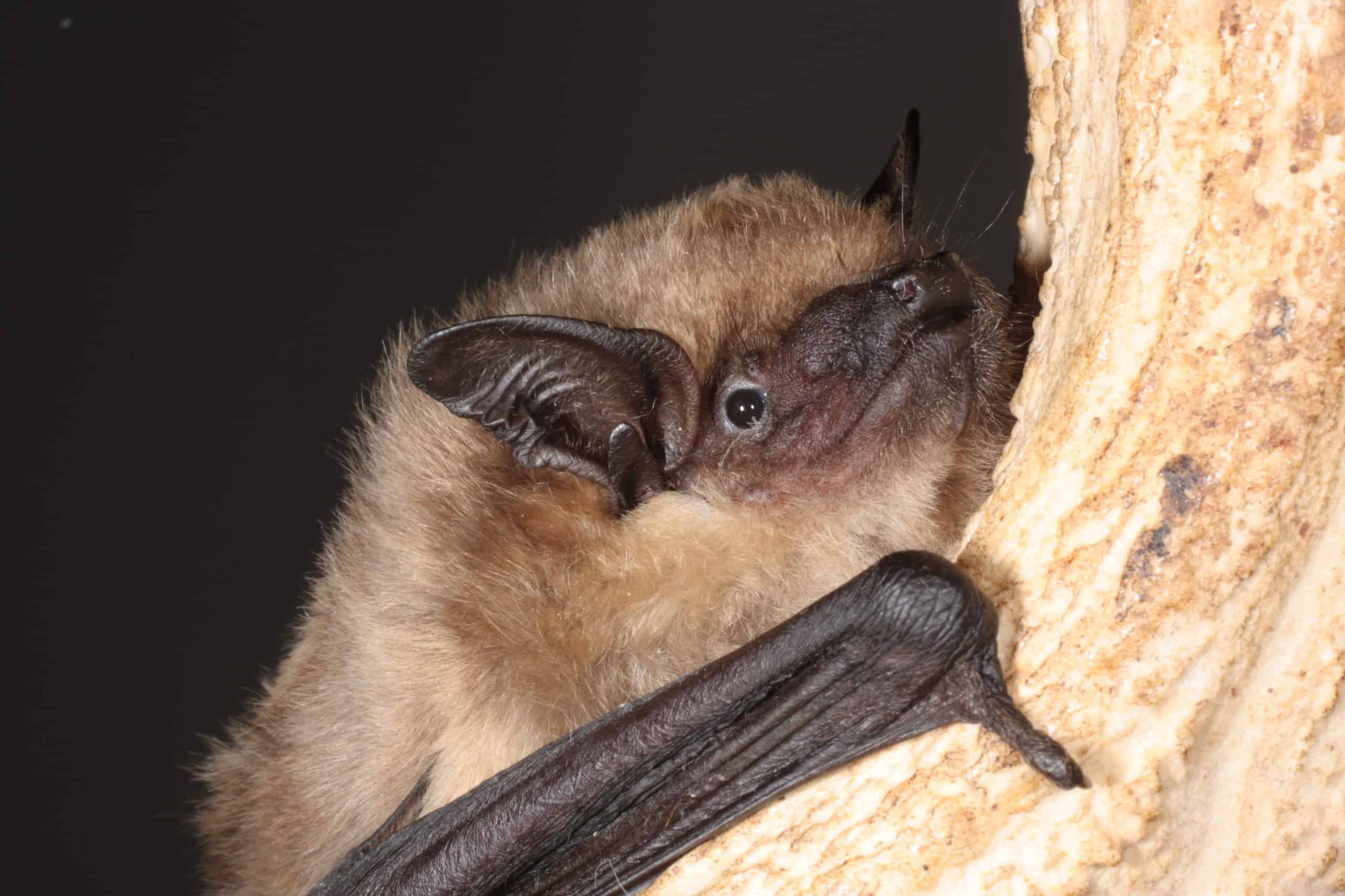
In the cold waters of Puget Sound, Washington, a peculiar fashion statement has resurfaced after nearly four decades. Orcas, the ocean’s charismatic black-and-white predators, are donning “salmon hats” again—balancing dead fish on their heads as they swim.
The behavior, first seen in 1987, has mystified scientists and delighted whale watchers. However, the trend faded as quickly as it began. But in October 2024, an orca named Blackberry was photographed with a massive salmon perched near her blowhole. Fashion is cyclical, and these orcas prove it.
“We saw one with a fish on its head. So that was fun,” Deborah Giles, science and research director for the nonprofit Wild Orca, told New Scientist.
Why Are Orcas Wearing Fish Hats?

The motivation behind this curious behavior remains a mystery. “Honestly, your guess is as good as mine,” Deborah Giles admits. Scientists categorize salmon hats as a “fad”—a temporary behavior that spreads quickly within a group before fading away.
Andrew Foote, an evolutionary ecologist at the University of Oslo, speculates that some orcas participating now might have been alive during the original trend in 1987. The average lifespan for male killer whales is about 30 years, but they can live up to at least 60 years. Females typically live about 50 years but can live up to at least 90 years in the wild.
When the original fad was first witnessed, it began with a single female orca, spotted delicately balancing a dead salmon on her nose as she swam. To the human eye, it seemed whimsical, even nonsensical, but the behavior spread like wildfire. Within weeks, her entire pod, and eventually two neighboring pods, had adopted the fad. The orcas paraded through the waters with their piscine headgear, turning the quiet estuary into a stage for their marine performance.

An orca was spotted with a “salmon hat” in Puget Sound in Washington on Oct. 25.
The trend was as fleeting as it was captivating. By the following summer, the salmon hats were gone, the fad seemingly abandoned as suddenly as it had begun. Scientists were left scratching their heads. What could have driven these apex predators, known for their intelligence, to engage in what appeared to be nothing more than playful frivolity?
But the salmon hats hinted at something deeper: a glimpse into the orcas’ rich social fabric and their capacity for communal creativity. Orcas, like other whale and dolphin species, have culture, meaning they exhibit behaviors that are socially shared and learned within a population. Some are transmitted from older generations to younger ones, from parents to offspring. Others are shared “horizontally,” between members of the same age group.
Most often, these culturally transmitted behaviors among orcas have very practical purposes, such as disseminating a new route to a fishing ground or a way to opportunistically exploit human activity for food. But temporary cultural fads, like the salmon hats, have no obvious utility, which makes this story so fascinating.
Much like humans adopting a fleeting dance craze on TikTok or dressing in retro outfits, these behaviors underscore the cultural and social complexity of orca pods.
But perhaps there may be a utilitarian explanation to the salmon hat fad, and its recent resurgence among orcas. South Puget Sound is currently teeming with chum salmon (Oncorhynchus keta). With more food than they can eat, orcas might be finding creative ways to play with or stash their surplus. “We’ve seen mammal-eating killer whales carry large chunks of food under their pectoral fin,” Giles explained. But with salmon too small to store securely, the top of the head could be an alternative.
Others propose that the behavior is purely recreational. Naomi Rose of the Animal Welfare Institute believes it reflects orcas’ intelligence and penchant for fun. “It’s a very sophisticated thing to do something for no purpose other than that it amuses you,” she said.
Across the globe, orcas have been seen engaging in all sorts of quirky activities, such as rolling in kelp, rubbing their bodies on pebbled beaches, or, more recently, ramming boat rudders along the European coast.
A Modern View on a 1980s Mystery
New technology offers opportunities to better study these salmon-wearing whales. Drones equipped with cameras could allow researchers to observe orcas’ behaviors more closely than was possible in the 1980s. “Over time, we may be able to gather enough information to show that, for instance, one carried a fish for 30 minutes or so, and then he ate it,” Giles noted.
If orcas abandon the salmon without eating them, scientists will need to revisit some of their theories. For now, the spectacle offers a glimpse into the complex and playful world of these marine mammals. As researchers continue to monitor orca populations, who knows how this fad will evolve.









